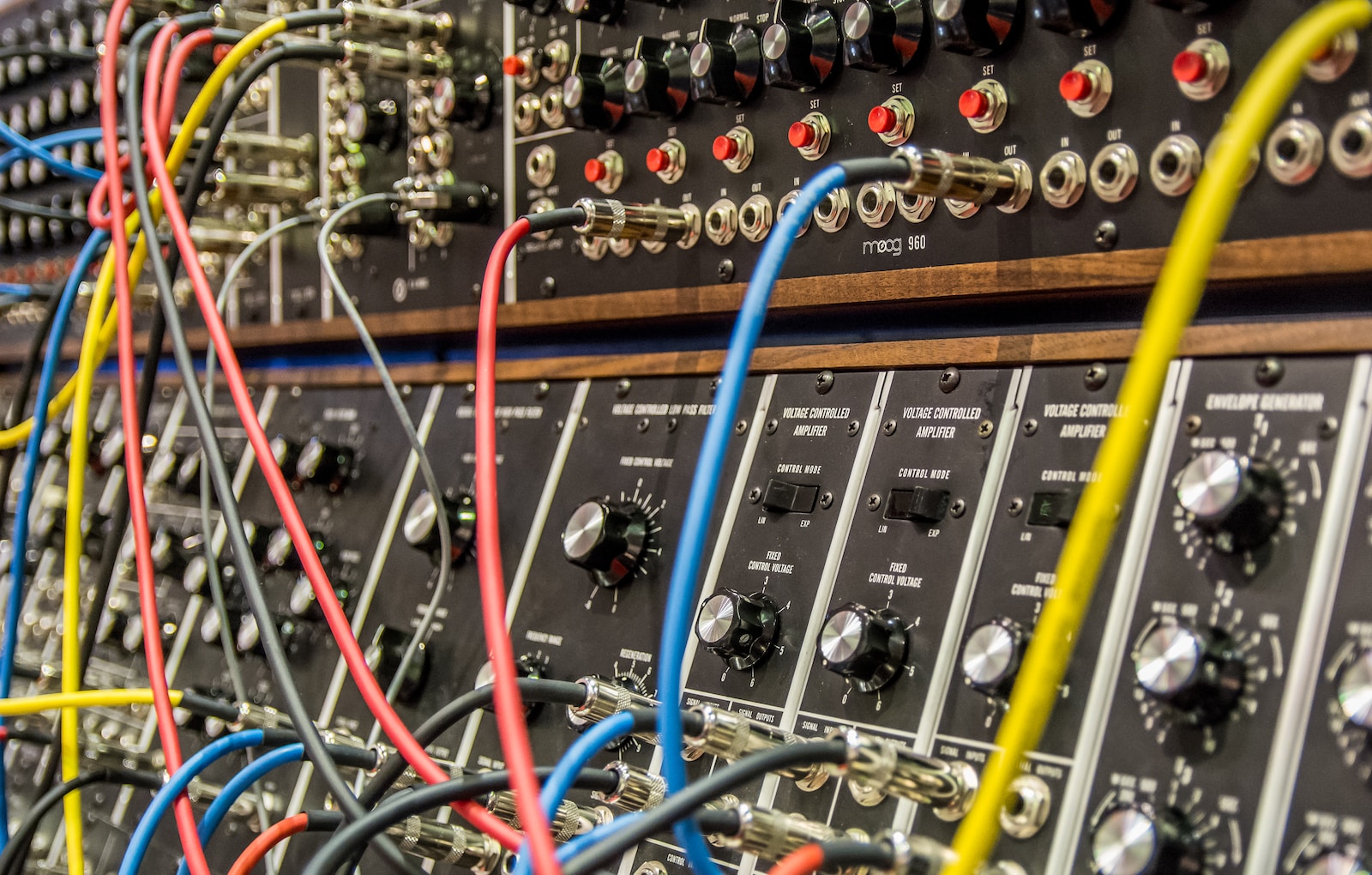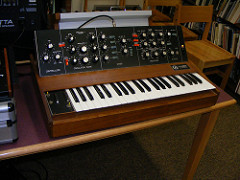A History of the Development of Synthesizers
 Synthesizers are instruments that help individuals create and play a variety of sounds. These devices often require additional sound modules, although not all models are the same. They offer a range of different options, features, and capabilities. There are three main categories that these musical instruments fall into: analog, digital, and software. In an analog synthesizer, sound waves are represented by continuous voltages at varying levels, while a digital synthesizer uses discrete data units. Software synthesizers, on the other hand, utilize specialized software for blending sounds.
Synthesizers are instruments that help individuals create and play a variety of sounds. These devices often require additional sound modules, although not all models are the same. They offer a range of different options, features, and capabilities. There are three main categories that these musical instruments fall into: analog, digital, and software. In an analog synthesizer, sound waves are represented by continuous voltages at varying levels, while a digital synthesizer uses discrete data units. Software synthesizers, on the other hand, utilize specialized software for blending sounds.
Alternatively, these three types can be combined to create a hybrid synthesizer, employing various synthesis techniques and methods such as subtractive, physical modeling, granular, phase distortion, sample-based, additive, frequency modulation, and sub-harmonic synthesis.
The first electronic synthesizer was developed in 1876 by Elisha Gray. Following this, numerous other experiments took place, leading to the invention of different types of synthesizers. For example, the Microtonal Electronic Keyboard was invented in 1937 by Ivor Darreg, while the ANS model was created by a scientist named Evgeny Murzin. Today, the latter model is still preserved at Moscow’s Lomonosov University.
After 1960, the development of these devices significantly increased in power. However, they were initially so large that … ...Read the rest.
“A History of the Development of Synthesizers”


 Manuel is a passionate, driven, and techsavvy AV technician,
Manuel is a passionate, driven, and techsavvy AV technician, 

Recent Comments